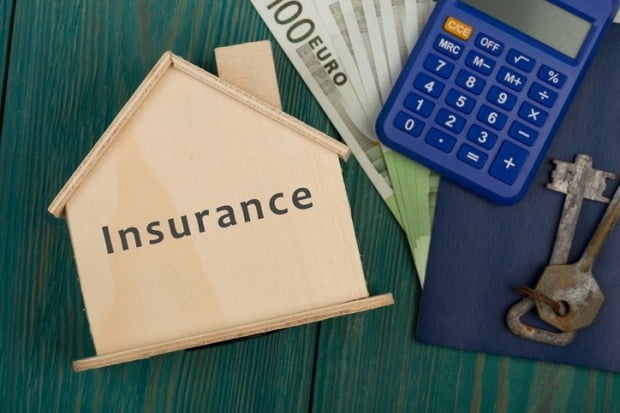The implementation of the new International Accounting Standard (IFRS17), which focuses on the market valuation of insurance liabilities, has been postponed to 2023. Accordingly, the Accounting Standards Committee of the Korean Accounting Standards Institute revised the insurance contract standard. (Photo = Getty Image Bank)
–
Among the subscribers of standardized indemnity insurance (sold from October 2009 to March 2017), it is expected that one after another will be hit by the’insurance update bomb’ this year. This is because it has been paying the same premium since the renewal five years ago, and this renewal reflects the increase rate so far.
According to related industries on the 23rd, standardized loss insurance premiums rose 9% and 8% respectively in last year and 2019, and were frozen in 2018. In 2017, the difference between companies was large, and the increase was as high as 20%.
Assuming that the insurer has increased the premium four times by 10% over five years, the cumulative increase rate is 46%. In addition, if the difference in the increase rate according to gender or age group is applied, older and elderly men receive a relatively larger increase rate.
Subscribers who are about to renew their’first generation’ old indemnity insurance, which were sold until September 2009, may be hit by a stronger bomb.
According to the insurance industry, pretext non-life insurance increased by 10% in 2017 and 2019, excluding 2018, and an average of 9.9% last year. This year’s increase rate is expected to be applied at 15-19%. The cumulative increase rate over five years is 53-58%.
For subscribers with a 3-year renewal period, only the 3-year increase rate is reflected, so the increase is relatively small compared to those with a 5-year renewal period, but should be prepared for an increase of several tens of percent.
In 2013, the government revised the product structure to renew insurance premiums every year to prevent such a renewal bomb.
The insurance industry believes that due to the burden of renewing premiums this year, there may be a movement to change to new insolvency insurance, or the ‘4th generation’ ineligible insurance, which is launched in July, centering on those who have incumbent insurers. This year, insurance premiums for faithful non-life insurance were generally frozen.
Although 12 years have passed since the pretext non-life insurance was discontinued, 8.8 million people (cases) still maintain contracts.
The insurance industry predicts that the risk loss rate of last year’s real-loss insurance will also exceed 130%, as a trend until the third quarter of last year, and argues that the income and expenditure must be raised to the level of the legal increase rate cap (25%).
In 2019, the amount of risk loss (insurance payment-risk insurance premium) of real-life insurance was 2.8 trillion won, and the risk loss rate was 133.9%. Even when compared to the total premium without considering the cost of business operation, the insurance premium expenditure exceeds 100%, and the insurance company suffers losses.
Eunji Cha, reporter Hankyung.com [email protected]
–
Ⓒ Hankyung.com prohibits unauthorized reproduction and redistribution
–

